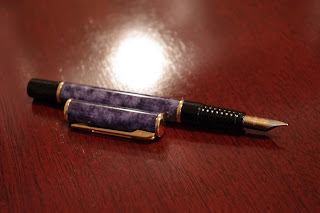I must confess that I am not someone who goes in for a large breakfast on a daily basis. My normal breakfast is a very simple affair to tide me over until lunch.
But every now and again, even with my light breakfast, I do like to treat myself to something special and yummy.
In these cases, it is hard for me to do better than a jar of Tiptree preserves which I keep on hand in the refrigerator.
Tiptree Black Currant Preserve on Toast
Tiptree was founded by Arthur Charles Wilkin in the village of Tiptree in the south eastern English countryside of Essex in 1885.
As new varieties were added the distinction between jams made with home grown fruit "conserve" and foreign produce "preserve" was made, but in America there is a preference to the term Preserve, which is found on Tiptree packaging exported here.
Tiptree's Black Currant preserve is made from sugar and black currants, as well as pectin and sodium citrate when needed. The Black Currants come from Eastern Europe as they currently grow the best Black Currants.
Black Currants, which are typically harvested in August, have and extraordinarily high vitamin C content content (302% of the Recommended Daily Allowance), good levels of potassium, phosphorus, iron and Vitamin B5.
Blackcurrants were once popular in America as well, but in the early 20th century, Black Currant farming was banned when they were identified as a vector of white pine blister rust and were considered a threat to the American logging industry.
The federal ban on growing currants was lifted in 1966, shifting jurisdiction to the individual states. Black Currant growing is now making a comeback in New York, Vermont, Connecticut and Oregon, however several states including Maine and New Hampshire still prohibit their cultivation.
Black Currants have not been entirely unknown to Americans though. The berries, with their distinctive sweet and sharp taste are the flavor found in both Cassis and Kir.
When you first enjoy Tiptree Black Currant Preserve, one of the first things that you notice is that they do in fact use whole Black Currants in the Preserve.
This is without a doubt, a very yummy way to relax and enjoy a moment in the morning, or really anytime you want a little treat for yourself.
All Rights Reserved.














